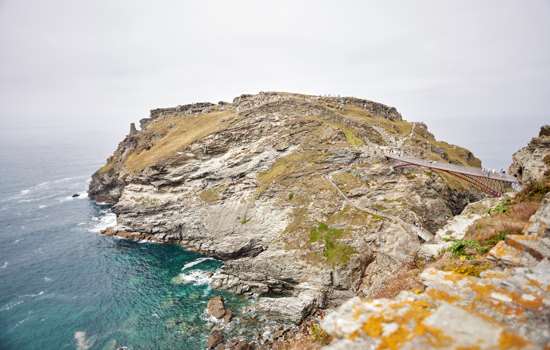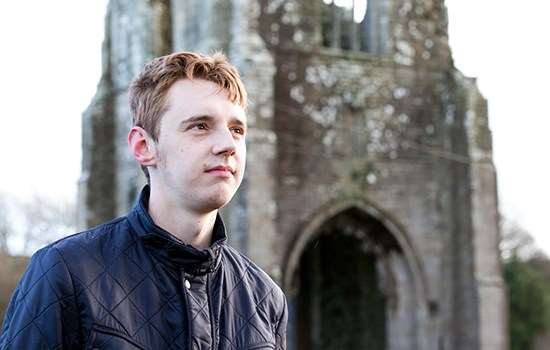More to explore
-

Bird spotting at English Heritage sites
Our practical guide to spotting both common and rare birds at English Heritage sites throughout the year.
-

Origins of place names
Have you ever driven through a town and pondered its name? In this article, we give you a brief history of how English places got their names.
-

Join the family
Find out how to make the most of your new membership with tips and testimonials from other Members.